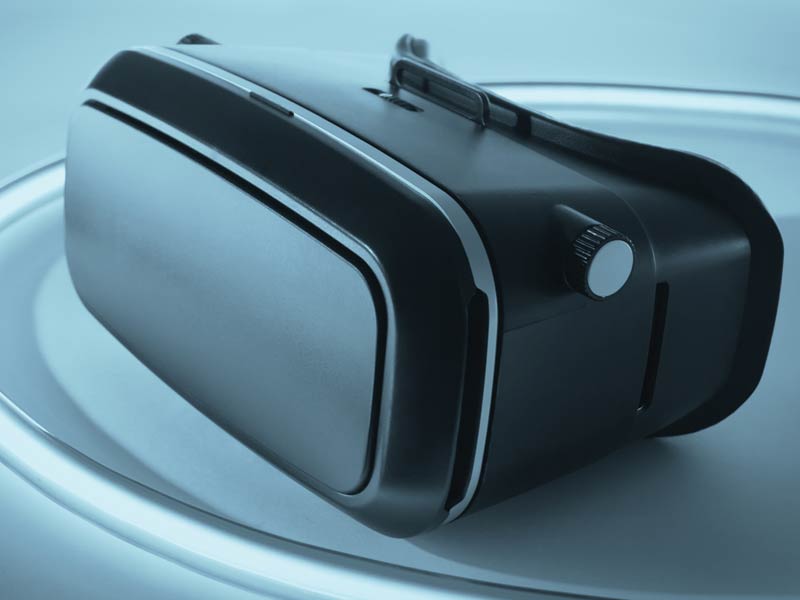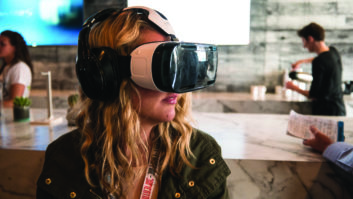
Virtual-reality headsets are still in their early developmental stages, and it will take six to eight years for the U.S. market “to reach a tipping point of mass adoption,” says research company Greenlight VR.
The company forecasts that the installed base of consumer VR headsets will hit 2.3 million in 2016, rising to 5.7 million in 2017, 12.1 million in 2018, 21.5 million in 2019 and 36.9 million in 2020. In 2025, the installed base hits 135.6, Greenlight VR predicted.
The market “will be heavily driven by gaming in the near-term,” said CEO Clifton Dawson.
Related: New AR, VR Solutions Come Into View
The San Francisco-based research company attributed the initial years of slow growth to multiple factors, one of which is that “no clear, dominant monetization model has surfaced for VR/AR content of software yet.” In addition, most independent VR software-development companies consist of small teams that are new to VR and are undercapitalized, the company said.
Conflicting standards and compatibility issues will also slow initial progress.
“There will be a natural sorting-out process by which various hardware configurations evolve to optimize specific vertical use cases,” the company said. The process might be “confusing and frustrating for consumers and will impede the short-term outlook.”
Moonshot needed: In addition, said senior VP Steve Marshall, “The ‘moonshot’ platform, a headset that is entirely self-sufficient and can support several modalities — VR, AR, mixed — is probably six to eight years in the future.” That product “will require significant advances across multiple, interrelated technologies.”
See also: Virtual Reality Is Here (Almost)
Added CEO Clifton Dawson, CEO of Greenlight VR: “While we forecast a slower adoption curve over the near term, we’re encouraged by the degree of progress being made by large and small companies in the space. Ultimately, we are optimistic that the industry will overcome current obstacles, which exist all along the value-chain and are structural, technical, and human in nature.”
Headset split: Of the U.S installed base in 2016, 1 million or more VR headsets will be smartphone-based, and about the same number will be PC- and game-console-based. In 2025, however, the installed base of smartphone-based headsets will be far ahead at 122 million, compared with 13.6 million PC- and console-based headsets.









